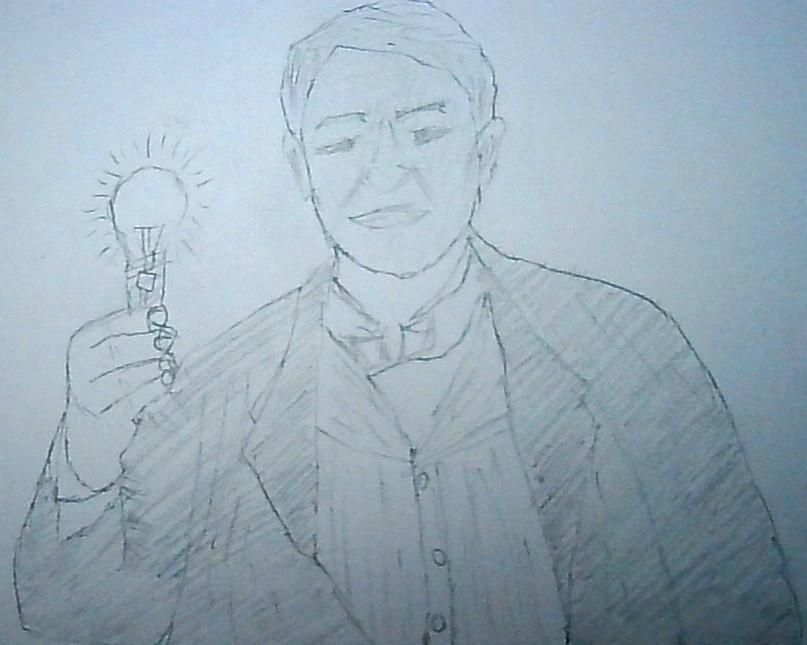Electric Light Bulb

Thomas Edison had always been working on building an artificial lightbulb. There wasn’t one day without him trying new ways to create light. In January 1879, Thomas successfully finished building this magical machine we couldn’t imagine living without. Due to his accomplishment, he got a lot of applause. As a result of him creating the wonder no one imagined, it is now accessible to everyone everywhere. And one and a half centuries later, we have advanced in LED light and much stronger lights.
Have you ever imagined a night without light? Well, thanks to Thomas Edison and many other great people, you do not have to worry about it.

It all started more than 150 years ago when inventors began working on a bright idea that would have a dramatic impact on how we use energy in our homes and offices. This invention changed how we design buildings, increased the average workday length, and jumpstarted new businesses. It also led to new energy breakthroughs – from power plants and electric transmission lines to home appliances and electric motors.
Like all great inventions, the light bulb can’t be credited to one inventor. It was a series of small improvements on the ideas of previous inventors that have led to the light bulbs we use in our homes today.
Long before Thomas Edison patented -- first in 1879 and then a year later in 1880 -- and began commercialising his incandescent light bulb, British inventors were demonstrating that electric light was possible with the arc lamp. In 1835, the first constant electric light was demonstrated, and for the next 40 years, scientists around the world worked on the incandescent lamp, tinkering with the filament (the part of the bulb that produces light when heated by an electrical current) and the bulb’s atmosphere (whether air is vacuumed out of the bulb or it is filled with an inert gas to prevent the filament from oxidising and burning out). These early bulbs had extremely short lifespans, were too expensive to produce or used too much energy.
When Edison and his researchers at Menlo Park came onto the lighting scene, they focused on improving the filament – first testing carbon, then platinum, before finally returning to a carbon filament. By October 1879, Edison’s team had produced a light bulb with a carbonised filament of uncoated cotton thread that could last for 14.5 hours. They continued to experiment with the filament until settling on one made from bamboo that gave Edison’s lamps a lifetime of up to 1,200 hours -- this filament became the standard for the Edison bulb for the next ten years. Edison also made other improvements to the light bulb, including creating a better vacuum pump to fully remove the air from the bulb and developing the Edison screw (what is now the standard socket fittings for light bulbs).
(Historical footnote: One can’t talk about the history of the light bulb without mentioning William Sawyer and Albon Man, who received a U.S. patent for the incandescent lamp, and Joseph Swan, who patented his light bulb in England. There was a debate on whether Edison’s light bulb patents infringed on these other inventors’ patents. Eventually, Edison’s U.S. lighting company merged with the Thomson-Houston Electric Company – the company making incandescent bulbs under the Sawyer-Man patent – to form General Electric, and Edison’s English lighting company merged with Joseph Swan’s company to form Ediswan in England).
References
https://www.energy.gov/articles/history-light-bulb
Author biography
Mus'ab is a 14 year old Shaviyani Feydhoo of the Maldives. He was born in Hithadhoo, Addu City of the Maldives. He attends ShaviyaniFeydhoo School to learn. He has memorised three juz of the Qur'an and enjoys playing football, the long and high jumps, swimming, snorkelling, badminton, and other sports requiring strength and fitness. His ultimate goal is to work for Emirates as an airline pilot.

Cite this article as:
Mus'ab Mohamed, Electric light bulb, theCircle Composition, Volume 2, (2022). https://thecirclecomposition.org/electric-light-bulb/
